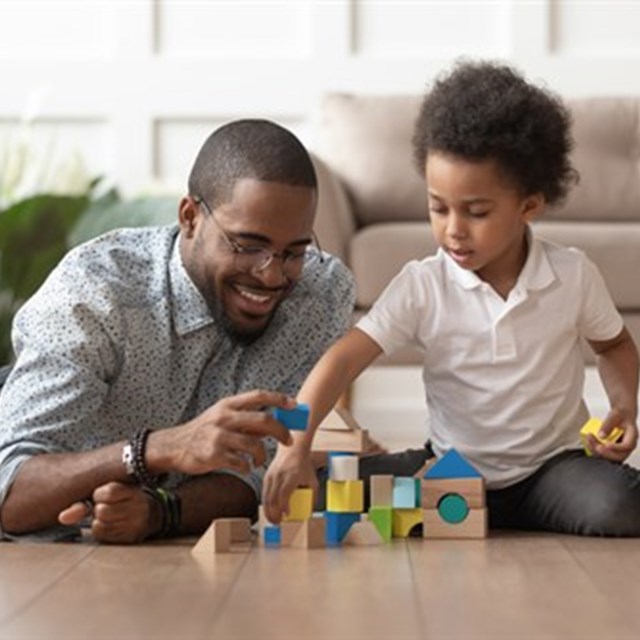
In the world of children, “play” is considered part of the “workday.” When children play, they are learning new skills, asserting themselves as individuals, and practicing relationships with others and the world-at-large. As part of the development aspects of play, a good toy can help a child learn and grow. However, one quick trip to a toy department and a parent or caregiver can quickly be overwhelmed with the variety of toy choices and have difficulty deciding what defines a “good” toy. Even though most toys come with age classifications and development definitions, not all toys are beneficial for a child. For example, some toys with lots of lights and sounds may be defined as “educational” but if a child does not have to interact with the toy, it becomes more of a form of entertainment than something that can help a child learn new skills.
The best toys are ones that engage a child and help them develop physically and intellectually while also promoting critical thinking, language, motor, and social skills. Also, a good toy should encourage creativity and self-confidence. From newborns to toddlers, here are some tips on how to choose toys that will challenge your child and nurture their development.
Birth to 6 months: At this early stage in life, a child is most stimulated through their senses. Recommended toys for this age include ones that support interaction. For example, find a toy that doesn’t have too many bells and whistles and, instead, find ones that allow a parent or guardian to interact more (for example, making animal sounds and/or singing to your child). Books that cause visual engagement are also recommended, such as ones with photographs of other babies or ones that have high contrast and bright colors. Infants also enjoy toys that they can reach for, hold on to, suck on, shake and make noises with—including small rattles, large rings, soft dolls or small stuffed animals.
7 to 12 months: For the second half of their first year, active toys are recommended for on-the-go infants. For babies who are starting to move more and more, active toys that push and pull are always a good bet, along with choices such as large balls that help a child learn motor development. Older infants can benefit from toys that allow an “in and out” placement such as plastic bowls, hand-size toys like balls and blocks and toys that stack (such as soft blocks, wooden blocks, stacking cups)—all choices that help a child develop visual-motor skills. Children at this age can also benefit from visually engaging books that have simple pictures of real images that can help an infant learn simple words. And this is also the age where a parent or caregiver can first introduce toys for pretend play, such as dolls, toy vehicles and play food.
Toddlers: Between 12 and 36 months, otherwise known as the toddler years, a child experiences a great period of cognitive, emotional and social development. It’s also the age of exploration, as toddlers love to take things apart, change things and add to structures—including such standbys as blocks, Legos, magnetic sets and pegboards. This is also the age to introduce a child to materials they can play with, including art supplies such as non-toxic washable markers, crayons, and dot paints (ensure that all these materials are safe in case a child brings any into his or her mouth). Toddlers also love toys that promote imagination and creativity, including dress-up clothes, kitchen/play food, and puppets.
At this age, children are also really into exploration and problem-solving and good toy recommendations include puzzles, craft supplies, water toys and any objects that can be sorted (by size, shape or color). Toddlers can also use toys that they can grow into and use at a later date. For example, a toddler may play with a toy cash register to push buttons, but then actually use it as they grow older to start learning about counting money or playing “store.” Dolls and dollhouses, as well as toy animals, are other toys that can be used for multiple years throughout childhood (first for soothing companionship and then later when a child can use them to act out a story). Toddlers also like toys that simulate “real world” items such as play telephones, car keys, cleaning toys (mop, vacuum, etc.) and lawnmowers. Finally, remember that the toddler years are ones where a child will further develop their motor skills and keeping a child active is very important. Toy ideas to promote activity include tricycles, various sized balls, a child size basketball hoop, bean bags and other sports equipment.
To learn more about choosing safe toys for toddlers and preschoolers, visit https://kidshealth.org/en/parents/safetoys-young.html.
For a guide on toy safety for children of all ages, visit https://www.cpsc.gov/safety-education/safety-guides/toys.

